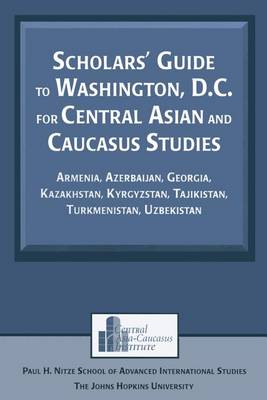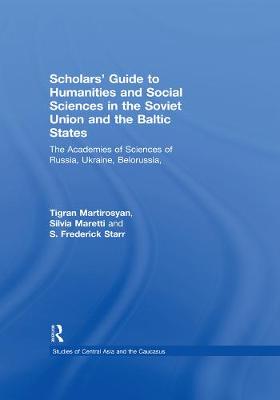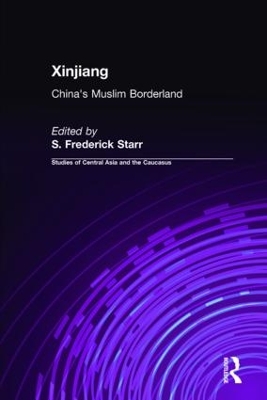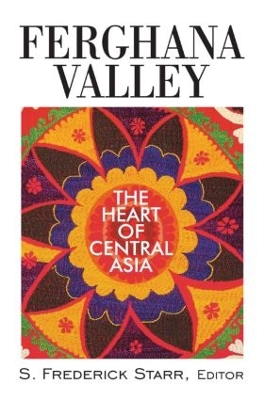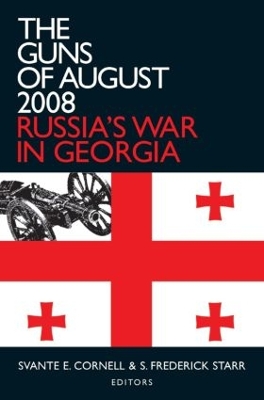Studies of Central Asia and the Caucasus
5 total works
Scholars' Guide to Washington, D.C. for Central Asian and Caucasus Studies
by Tigran Martirosyan, Silvia Maretti, and S. Frederick Starr
Scholars' Guide to Humanities and Social Sciences in the Soviet Union and the Baltic States
by Tigran Martirosyan, Silvia Maretti, and S. Frederick Starr
The Ferghana Valley can reasonably be said to lie in the heart of Central Asia. As such, the Valley has made an inordinate contribution to the history and culture of the region as a whole, as well as significantly affecting the economic, political and religious spheres. This book looks at the region over time, from its early history to the present. It embraces not just the obvious fields of politics, economics and religion, but also ethnography, sociology and culture, and includes the insights of leading scholars from all three Ferghana countries. The book discusses various questions of identity relating to the region, showing how the identity of the Ferghana Valley relates to the emerging national identities of the three post-colonial states that are still gradually emerging from the demise of the Soviet Union, as well as how an understanding of the Ferghana Valley is key to understanding Central Asia itself.
